The Journey to Freedom
Retrace two of the most influential Freedom Rides of 1961: the original CORE Freedom Ride and the Nashville Student Movement Ride.
Courtesy of "Freedom Riders," a WGBH production for PBS
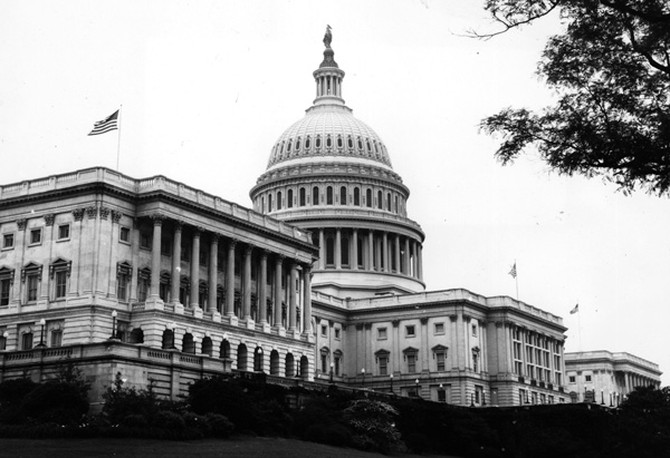
Photo by Getty Images
Washington, D.C., May 4, 1961
On May 4, 1961, the CORE Freedom Ride departs Washington. Following several days of nonviolence training, 13 Freedom Riders and three journalists begin the journey on two separate buses. While the Riders attract little media attention, the Washington Post does publish a photo and short article about the Ride. Scheduled stops in Virginia to test segregated facilities meet no resistance.
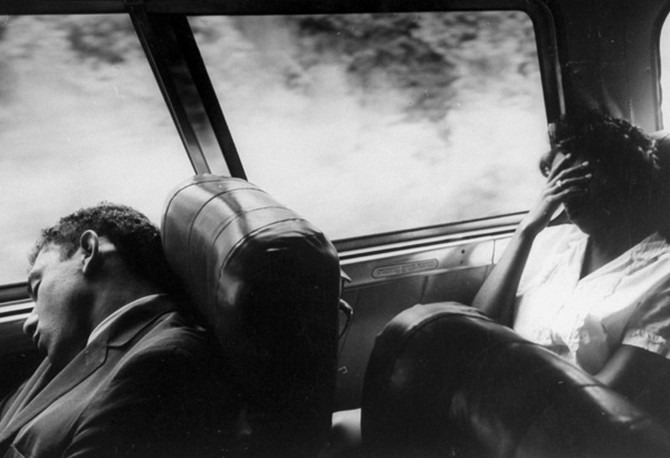
Photo by Getty Images
Charlotte, North Carolina, May 8–9, 1961
In the first significant confrontation of the CORE Freedom Ride, Joseph Perkins is arrested for trespassing as he attempts to have his shoes shined at a whites-only shoeshine chair. Perkins refuses to post bail and spends two nights (May 8 and 9) in jail. On May 10, Judge Howard B. Arbuckle finds Perkins innocent of the trespassing charge based on the precedent set in Boyton v. Virginia.
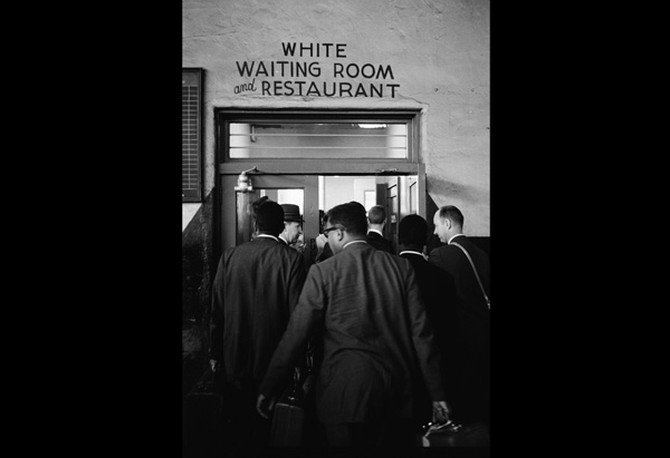
Photo by Getty Images
Rock Hill, South Carolina, May 10, 1961
Several white men attack a group of CORE Freedom Riders at the Greyhound bus terminal on May 10 as they attempt to enter the whites-only waiting room. John Lewis, Al Bigelow and Genevieve Hughes sustain injuries in the attack, which is broken up by local police.
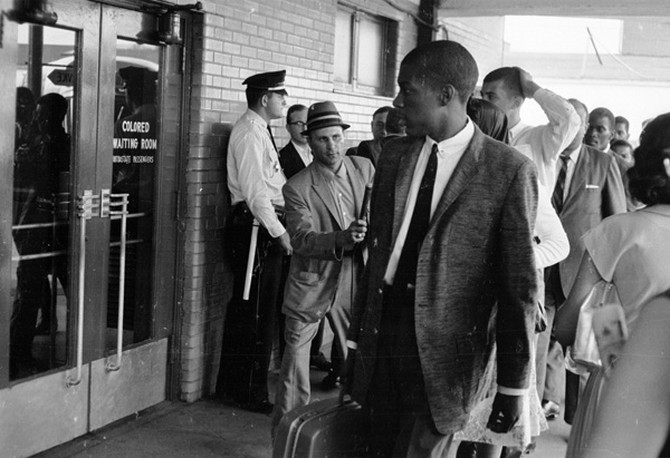
Photo by Getty Images
Atlanta, Georgia, May 13–14, 1961
The Freedom Riders arrive in Atlanta on May 13 and attend a reception with the Rev. Martin Luther King Jr. They have high hopes that he might join them on the buses, perhaps becoming a Freedom Rider himself. Instead, King passes on a warning that the Klan has "quite a welcome" prepared for the Riders in Alabama, and urges them to reconsider traveling through the Deep South. Despite the warning, the CORE Freedom Riders leave Atlanta on May 14, bound for Alabama.
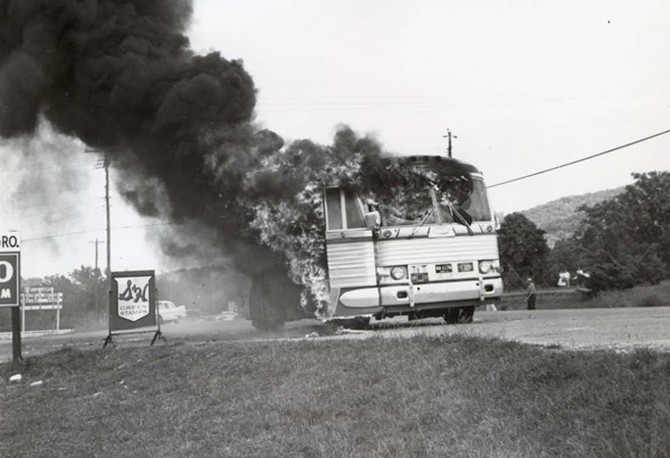
Photo: Courtesy of the Birmingham Civil Rights Institute
Anniston, Alabama, May 14, 1961
An angry mob at the Greyhound bus terminal greets the first bus as it arrives in Anniston on May 14. The violent protesters smash windows, slash tires and threaten the Riders before local police escort the bus out of town. The bus, followed by a long line of cars and trucks and six miles out of town, is forced to pull over as the tires go flat. The mob resumes its attack, throwing a firebomb through a broken window on the bus. The Riders escape but many suffer smoke inhalation and must be transported to a hospital.
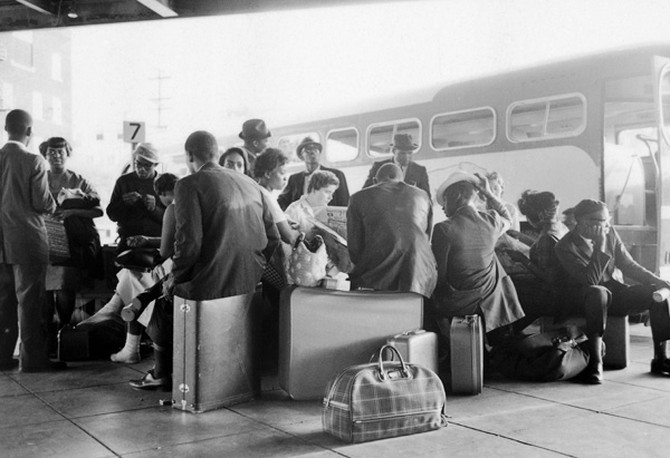
Photo: Getty Images
Birmingham, Alabama, May 14
On May 14, at the Trailways bus terminal in Birmingham, the other group of CORE Freedom Riders are greeted by a hostile mob. Ahead of the Riders' arrival, Bull Connor's police department has struck a deal with the Ku Klux Klan; when the bus arrives at the terminal, the mob will have 15 minutes to burn, bomb, kill and maim without police intervention or arrests. Freedom Rider James Peck and others are severely injured in the riot that follows.
Eventually, the original CORE Freedom Riders are transported to the Birmingham airport, in hopes of flying to their original destination, New Orleans. The Kennedy Administration dispatches John Seigenthaler, assistant to the attorney general, to Birmingham to ensure the safe departure of the Riders. Seigenthaler is able to secure a flight for the Riders, and a plane transports them to New Orleans.
Eventually, the original CORE Freedom Riders are transported to the Birmingham airport, in hopes of flying to their original destination, New Orleans. The Kennedy Administration dispatches John Seigenthaler, assistant to the attorney general, to Birmingham to ensure the safe departure of the Riders. Seigenthaler is able to secure a flight for the Riders, and a plane transports them to New Orleans.
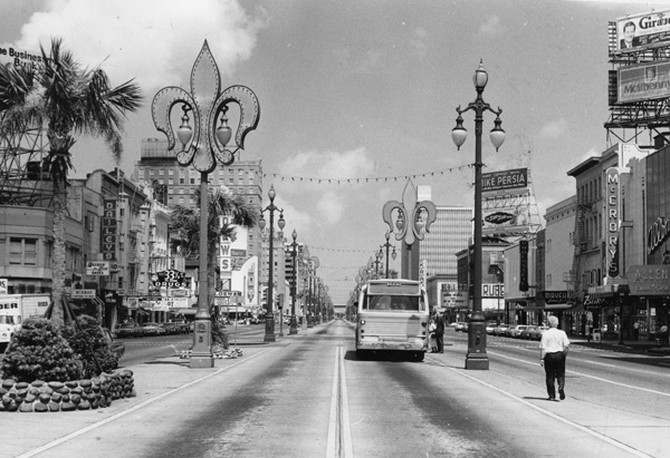
Photo: Getty Images
New Orleans, Louisiana, May 15, 1961
On the evening of May 15, the CORE Freedom Riders finally arrive in New Orleans aboard an airplane arranged for by John Seigenthaler, a special assistant to Robert F. Kennedy. On the airport tarmac, they are met by a crowd of white police officers in riot gear who shout racial epithets at the Riders as they make their way to the terminal and a small, welcoming group of CORE volunteers.
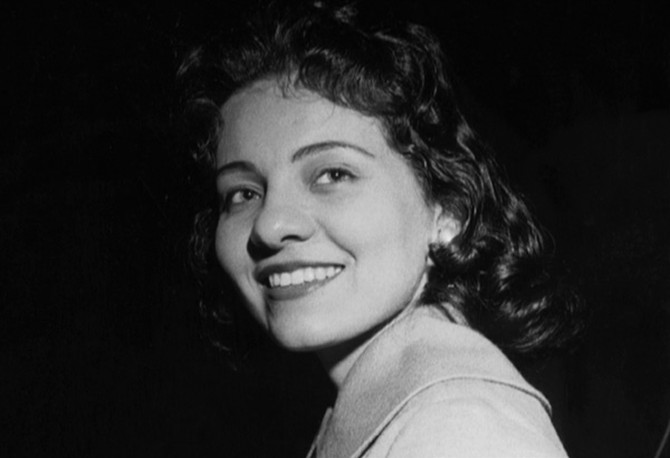
Nashville, Tennessee, May 16, 1961
The Nashville Student Movement, lead by Diane Nash, decides to send "fresh troops" of Freedom Riders to continue the cause. Students from Fisk University, Tennessee State University and the American Baptist Theological Seminary board buses to Birmingham, Alabama. The Nashville Student Movement will supply many waves of Freedom Riders in the weeks to come.
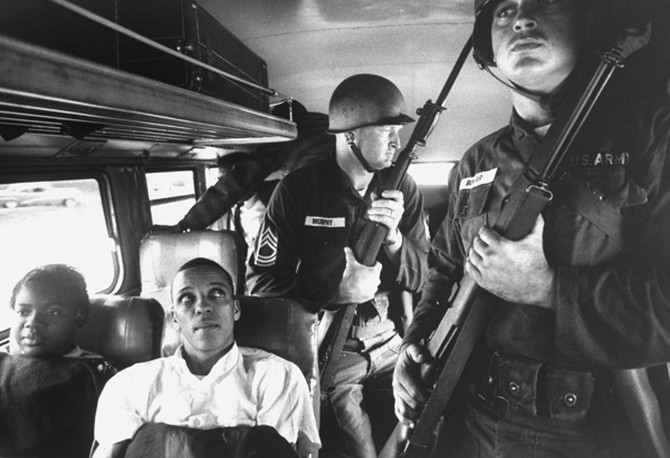
Photo: Getty Images
Ardmore, Alabama, May 18, 1961
Seven Freedom Riders who had been arrested the previous day were transported from the Birmingham jail north to the Tennessee border. Early in the morning of May 18, Bull Connor and other police officers drive the Riders under cover of darkness to Ardmore, Alabama. The Riders are left on the side of a road and told to make their way back to Nashville. Instead, the Riders find refuge in the home of an elderly black couple. From Nashville, Diane Nash makes arrangements for a car to transport the Riders back to Birmingham the following day.
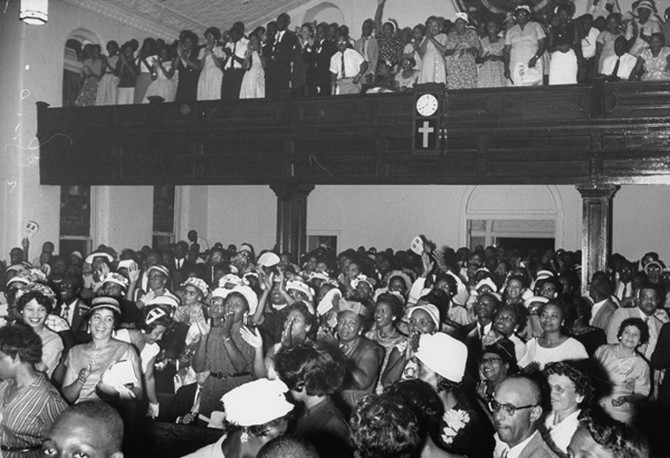
Photo: Getty Images
Montgomery, Alabama, May 20–21, 1961
On May 20, escorted by Alabama state troopers, the Nashville Riders travel from Birmingham to Montgomery. At the Montgomery city limits, the troopers disperse, and the Riders arrive at the Greyhound terminal only to be met with a mob of more than 200, who attack not just the Riders, but reporters and others, leaving more than 20 seriously injured.
On May 21, the Riders take refuge in the Montgomery First Baptist Church where they are joined by the Rev. Martin Luther King Jr. and 1,500 supporters. A violent mob gathered outside the church is eventually driven off by National Guard troops sent by the Kennedy administration.
On May 21, the Riders take refuge in the Montgomery First Baptist Church where they are joined by the Rev. Martin Luther King Jr. and 1,500 supporters. A violent mob gathered outside the church is eventually driven off by National Guard troops sent by the Kennedy administration.
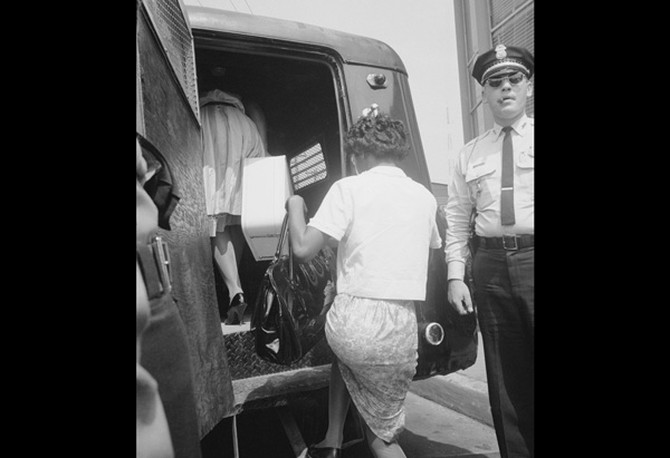
Photo: Getty Images
Jackson, Mississippi, May 24, 1961
Jackson, Mississippi, is the endpoint for the vast majority of Freedom Rides during the summer of 1961. Jackson police routinely arrest groups of Freedom Riders at the local bus terminals, airport and train stations, not under local or state segregation laws, but on the formal charges of incitement to riot, breach of peace and failure to obey a police officer.
Hundreds of Riders are imprisoned at the infamous Parchman State Prison Farm in Parchman, Mississippi.
More on the Freedom Rides
Oprah honors the Freedom Riders
Backstage interviews with the Riders
Freedom Riders: then and now
Hundreds of Riders are imprisoned at the infamous Parchman State Prison Farm in Parchman, Mississippi.
More on the Freedom Rides
Oprah honors the Freedom Riders
Backstage interviews with the Riders
Freedom Riders: then and now
Published 05/04/2011

